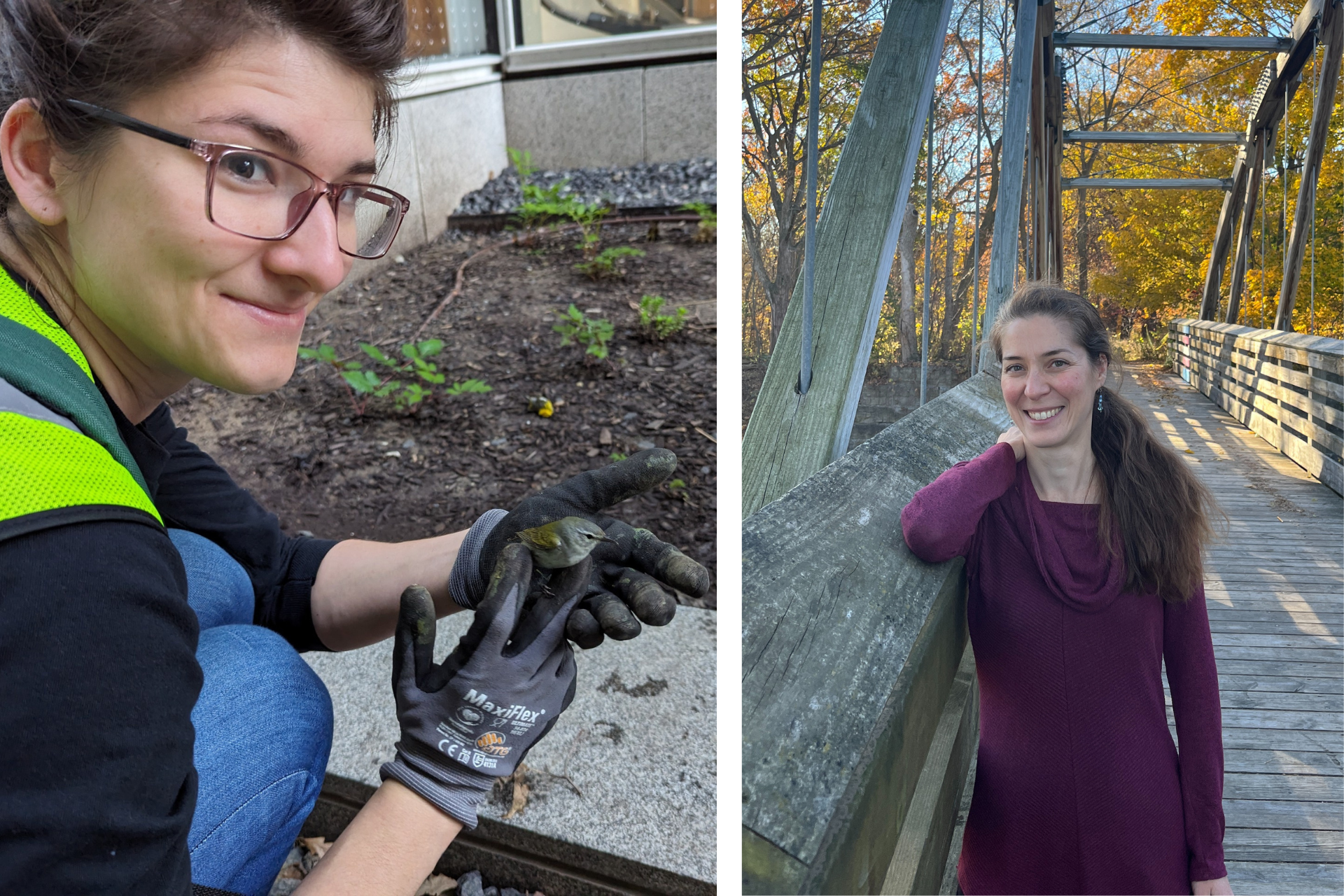Native Animal of Wisconsin - The Luna Moth
The beautiful luna moth (Actias luna) is a large white-bodied moth, with lime green-colored wings and pinkish legs. This Wisconsin native is found in the state from spring to summer and flies only in the evenings. It has a wingspan of 3-5 inches and possesses a single transparent eyespot on each wing meant to confuse predators. Hind wings have long curved tails, giving the moth its distinct look.
The adult luna moth has a brief existence, only living for about a week. After its emergence from its cocoon, it will spend the remainder of the day resting and pumping hemolymph to its wings so that it can fly. The adult luna moth is a strong flyer. Once its wings are dry, it will fly off to find a partner and mate after midnight. During mating, the female will release a pheremone to attract the male. The moths will die shortly after mating or laying eggs.

The adult female will then lay about 200 eggs at a time in clumps on the top and bottom of its host leaf. The larva will hatch after 10 days and begin eating the leaf on which its egg was laid. The caterpillar luna moth eats a variety of leaves ranging from hickory and walnut to birch and sumac. The caterpillar will go through five instars during its larval form after which it will spin silk from its mouth, pupate and make a cocoon. The luna moth will stay in its cocoon for two to three weeks, and after emergence (click on video link), looks like the new moth pictured above at left.
Fun Facts:
- You can tell a male luna moth from the female by the bushiness of the antenna. The bushier antennae are found on the males, while the thinner antennae are found on females.
- Luna moths are also commonly referred to as "giant silkworm moths."
- The adult has no mouth! Its sole purpose is to mate, so it does not eat or have a digestive tract.
- The luna moth gets it name from the word luna which means "moon."
- Luna moths born close to autumn will overwinter in their cocoon and emerge the following spring.
- Luna moths are common throughout the US, but endangered in some states where habitat loss is causing serious decline.




.jpg)




.png)